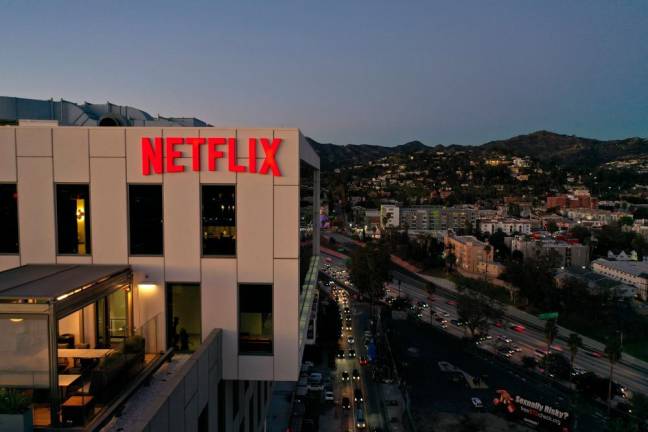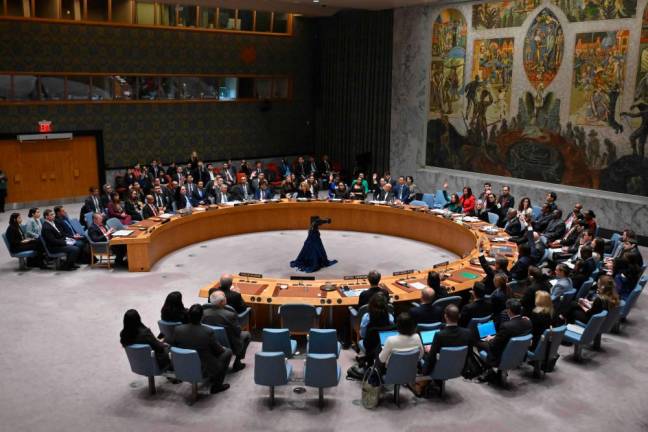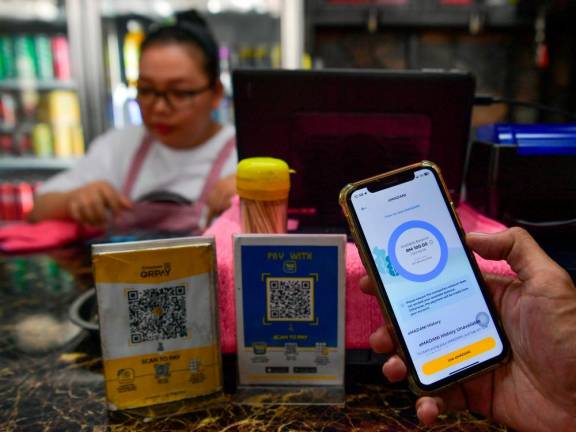AS of last Friday, all states have moved to Phase 2, 3 or 4 of the National Recovery Plan, which means that the pre-endemic phase is proceeding well, and a good sign of better things to come. And when all states are in Phase 4, the stage will be set for an endemic strategy that will get life and livelihood back to a semblance of normalcy, as in pre-pandemic times, albeit with the need for us to co-exist with the virus.
Valuable lessons in inter-state travel learnt from the Sabah state election last year have been fully grasped as Langkawi remains the only tourism bubble as a pilot project, while a similar plan for Tioman Island and Genting Highlands on Oct 1 has been put on hold indefinitely. This is despite Langkawi’s success for the country’s travel concept, when it recorded a total of 9,500 domestic tourist arrivals as of Sept 20, since the travel bubble to the island began on Sept 16.
What is more, as of Sept 30, there was only one positive case recorded among the tourists. This shows that everyone concerned – from hotel and tourist operators to enforcement officers and tourists – are taking seriously the crucial need for observing standard operating procedures (SOP) associated with the travel bubble. This bodes well for the steady recovery of the tourism industry in Malaysia, which has been hard hit by the pandemic.
The Tourism, Arts and Culture Ministry had previously targeted about 200,000 domestic tourists to visit Langkawi from Sept 16 until December, after the resort island’s tourism industry was reopened. It also targeted about 30,000 travellers to visit the island in September alone.
Plans for the reopening of Tioman Island and Genting Highlands were halted following intervention from Prime Minister Datuk Seri Ismail Sabri Yaakob, who declared on Sept 28 that reopening of island resorts and tourism centres or destinations, and inter-state travel would only be allowed when the country’s adult population that are fully vaccinated has reached 90%.
Based on the current vaccination rate of 84%, and figures showing around 150,000 people receiving their second dose each day, this would mean the two tourist spots are likely to be re-opened in two weeks. This is indeed a wise move seeing that anywhere in the world, whether an endemic strategy or a Covid-zero strategy is pursued, at some point in time after loosening restrictions and opening up the economy when daily infections are relatively stable, the virus returns with a vengeance in the form of an exponential increase in daily infections.
The saving grace in this situation is high vaccination rates, where the majority of the exponential increase in daily cases (about 96% to 98%) are the fully vaccinated, exhibiting asymptomatic or mild infection. The remaining serious cases requiring hospitalisation and intensive care unit (ICU) admissions, more often than not, comprise those who are not vaccinated.
Here is the irony of it all: It is the breakthrough infection – fully vaccinated people being infected – that is causing an exponential increase in daily cases but these do not require hospitalisation, and where it does, lives are not upended. Data in many countries show that the non-vaccinated make up the majority of Covid-19 deaths.
Another irony is: As the exponential increase in breakthrough infections does not require hospitalisation, the healthcare system is not overwhelmed, but because it is an exponential increase, there will be a doubling of infections every week or so, and the small number of breakthrough infections that require hospitalisation will balloon, which in no time will result in the healthcare system being overwhelmed.
Nowhere is this exhibited than in Singapore, which experts have hailed as a model for countries going the path of an endemic stage. In May, Singapore Prime Minister Lee Hsien Loong introduced the government’s plan to “live with the virus” and transition away from a “Covid-zero” approach.
“Our aim must be to keep the community as a whole safe while accepting that some people may get infected every now and then,” Lee said in May, announcing that Singapore would gradually open up internally and then to foreign visitors.
In June and July, Singapore began loosening restrictions for dining establishments, workplaces and entertainment venues. By August, many businesses were allowed to operate at or near full capacity. But then in July and August, cases in Singapore ticked up to over 100 per day after nearly a year of almost no infections, due to its previous zero-tolerance policy which included stay-at-home orders, intensive testing and contact tracing, and a ban on foreign visitors.
By September, cases had risen exponentially – from 180 on Sept 1 to roughly 500 by mid-September, and to 2,268 on Sept 29, causing the Singapore government to announce on Sept 27 the reintroduction of some social distancing measures, including reducing dining groups from five to two people at restaurants, and directing companies to allow employees to work from home. These measures will be in place for at least a month to prevent the healthcare system from being overwhelmed and to allow the city-state to scale up services to help infected patients recover at home.
Since early September, Singapore has opened up “vaccinated travel lanes”, through which vaccinated travellers from low-risk places like Hong Kong and Germany can enter without quarantines. The republic had hoped to expand the programme later this year in an effort to fully reopen its border, and says those plans are still on track despite the ongoing outbreak.
An important lesson that can be learnt from the Singapore experience is that the current high vaccination rate of 80% of its population fully vaccinated helped in containing the death rate to a manageable proportion, but it did not help in alleviating an exponential increase in daily infections sooner or later down the road after loosening restrictions and opening up the economy, albeit gradually.
Perhaps, an important question to ask is how high a vaccination rate should be to alleviate the exponential increase? Obviously, as the Singapore experience shows that 80% is not high enough, and logically too that when Singapore moved to a pre-endemic phase in June, the vaccination rate then must have been lower than 80%.
In this context, when Ismail Sabri declared that reopening of island resorts and tourism centres or destinations, and inter-state travel would only be allowed when the country’s adult population that are fully vaccinated has reached 90%, is a move in the right direction.
But again, Singapore’s 80% fully vaccinated refers to its population, not just its adult population. So perhaps, the re-opening of island resorts, tourism centres and inter-state travel in Malaysia should wait for 90% of the population to be fully vaccinated, instead of just our adult population. Or better still, wait for 100% of our population to be fully vaccinated!
However, this comes at a cost of slower growth to the economy. To still continue with 90% of our adult population to be vaccinated for reopening, perhaps another additional variable should be relied on, and this is the infectivity rate, the R number that must be below 1.
As of Sep 29, Malaysia’s infectivity rate was at 0.89, compared to Singapore’s above 1. But as Langkawi’s success shows, it is everyone shouldering their personal and social responsibility in observing the SOP that is key to successful pre-endemic and endemic phases.
Jamari Mohtar is Director, Media & Communications at EMIR Research, a think tank focused on strategic policy recommendations based on rigorous research.
Comments: letters@thesundaily.com












